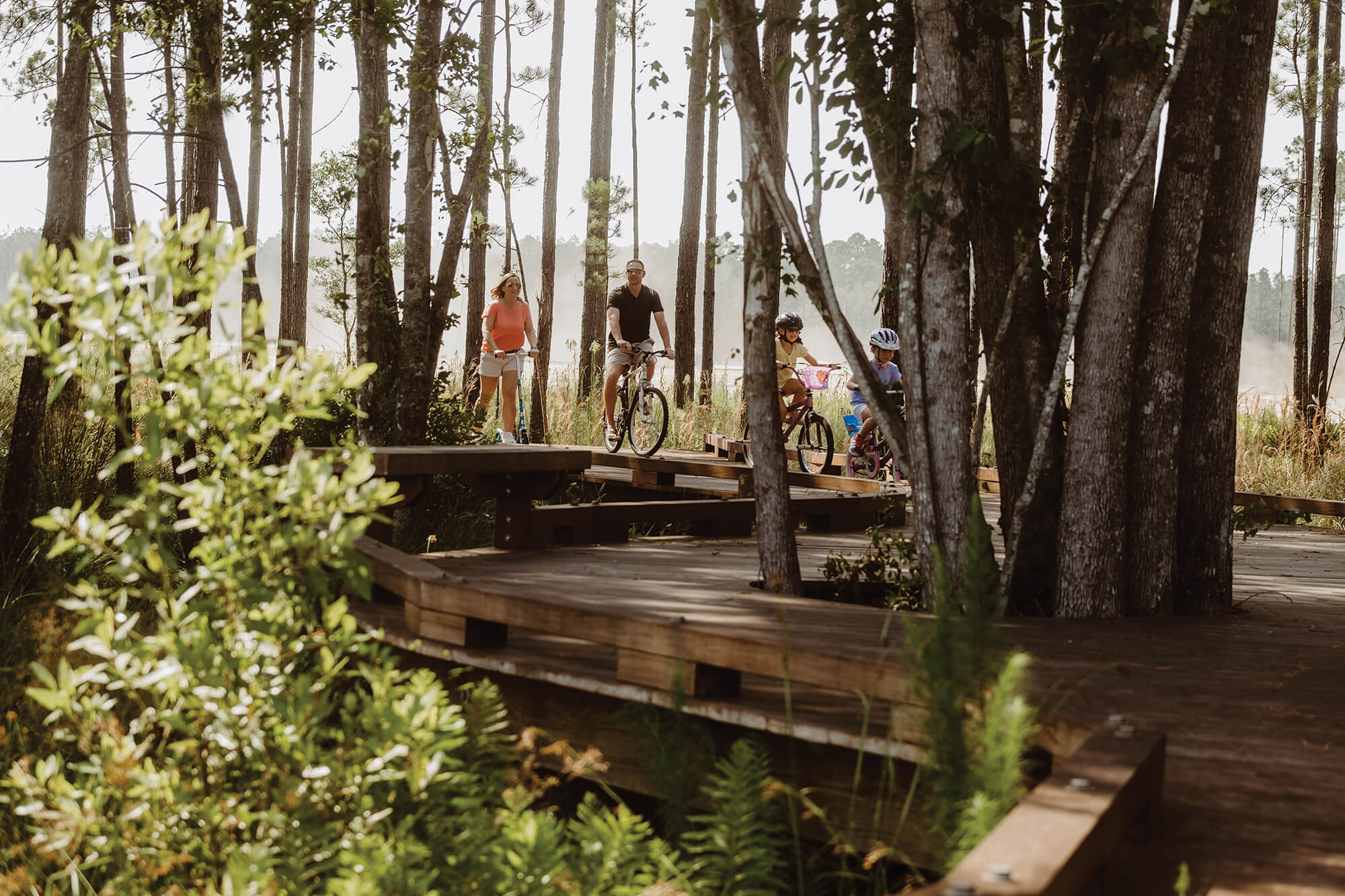
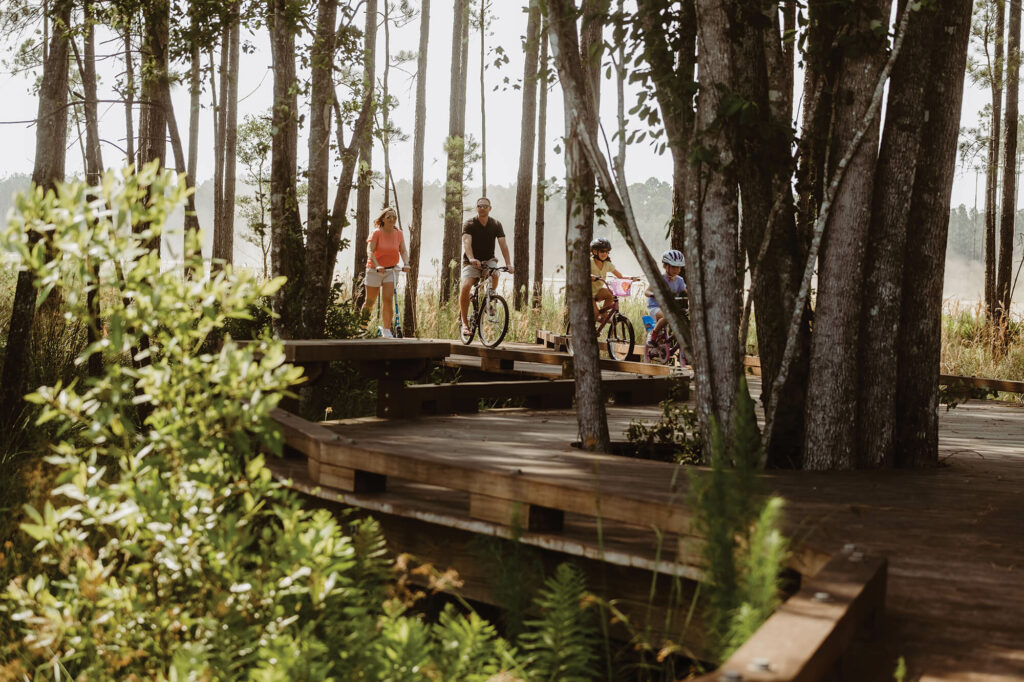


Over the past several decades, desirable locations such as Nassau County have learned that the best way to regulate growth is to plan for it. They’ve also discovered that this kind of regional planning requires a coordinated effort between public and private entities.
This is why, as part of its Vision 2032 initiative, Nassau County reached out to Rayonier in 2007. Foreseeing the population growth coming to Northeast Florida, the County asked Rayonier to head up a planning effort that would help the County get ahead of the wave:
Wildlight isn’t creating regional growth. It is a response to it.
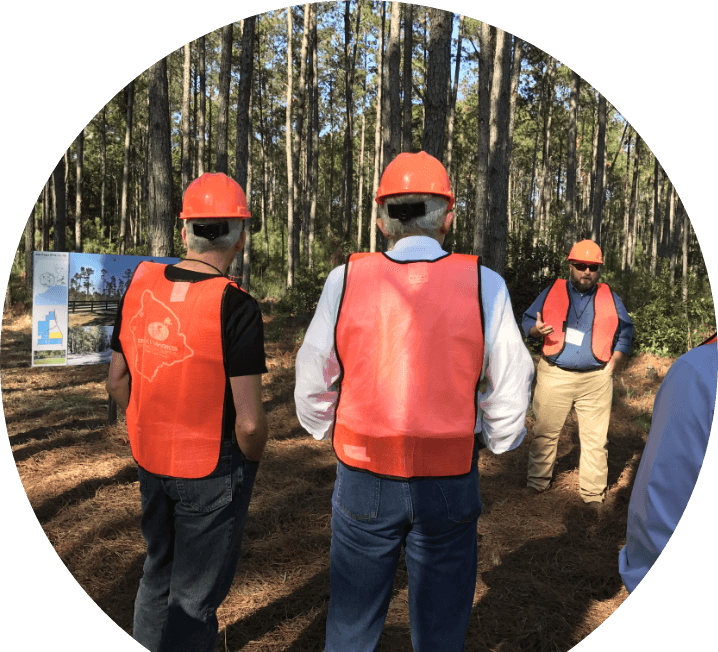
Florida is growing faster than the rest of the U.S. Greater Jacksonville is growing faster than the rest of Florida. And Nassau County is growing faster than Greater Jacksonville.
Source: University of Florida, Bureau of Economic and Business Research
Source: University of Florida, Bureau of Economic and Business Research
Like many places around the country, Northeast Florida has struggled to keep up with the requirements for additional civic facilities (such as parks and schools) and infrastructure (for example, roads and utilities) that go along with population growth. And with more businesses looking to relocate to the region, Nassau County must also find a way to make room for new job centers without putting additional strain on existing infrastructure.
The plan for Wildlight is a significant step toward meeting those needs. It introduces a new development pattern in which homes and businesses, trails and nature, parks and schools come together in a sustainable and efficient way, allowing new development to absorb the impact of economic and population growth.
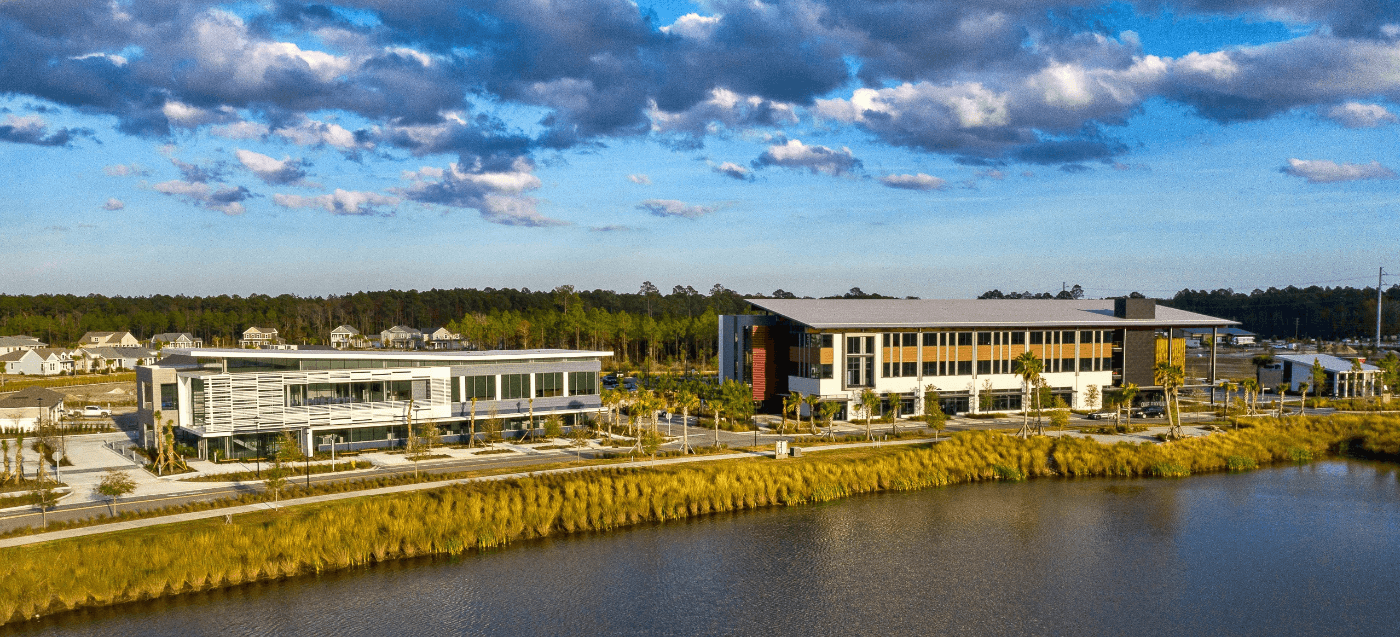
One of the advantages of a regional plan that coordinates the efforts of local government and private business is the opportunity to improve and expand public infrastructure in a fiscally responsible way. In Wildlight, infrastructure improvements and new public civic facilities are paid for not by taxpayers but through impact fees and mobility fees.
The price of every new residence and every new commercial building includes an impact fee that is collected by Nassau County. For public civic facilities such as parks, schools and fire stations, the facility isn’t built until the County has collected enough fees to pay for it. This approach works because these kinds of new facilities are needed only as the community grows. On the other hand, new roadways and other traffic improvements are often needed before new homes and buildings can be completed and sold. So in Wildlight, developers build traffic infrastructure improvements up front and are then reimbursed by the County for certain public roadways as impact fees are collected.


Early on in the planning process, it was determined that the area east of I-95 (designated as the East Nassau County Planning Area or ENCPA) was the proper place to channel most of the growth coming to Nassau County. This approach puts density in the right place, minimizing traffic impacts by bringing new homes, offices, retail areas and so forth closer to other key destinations in the region. It also helps to maintain the rural character of the County’s west side.
It’s interesting to note that even with all the additional homes coming to Wildlight, the plan includes so much conservation and recreational space, the overall density of Wildlight is about one home per acre.
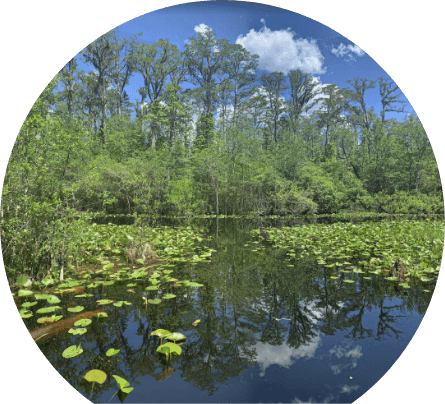
“While development is knocking at Western Nassau’s door, there is time to get ahead of the curve and follow a plan that contains development to appropriate areas, while maintaining the character in others. Doing nothing, however, will assure that development comes without restraint.”
Western Nassau Heritage Preservation Vision Book
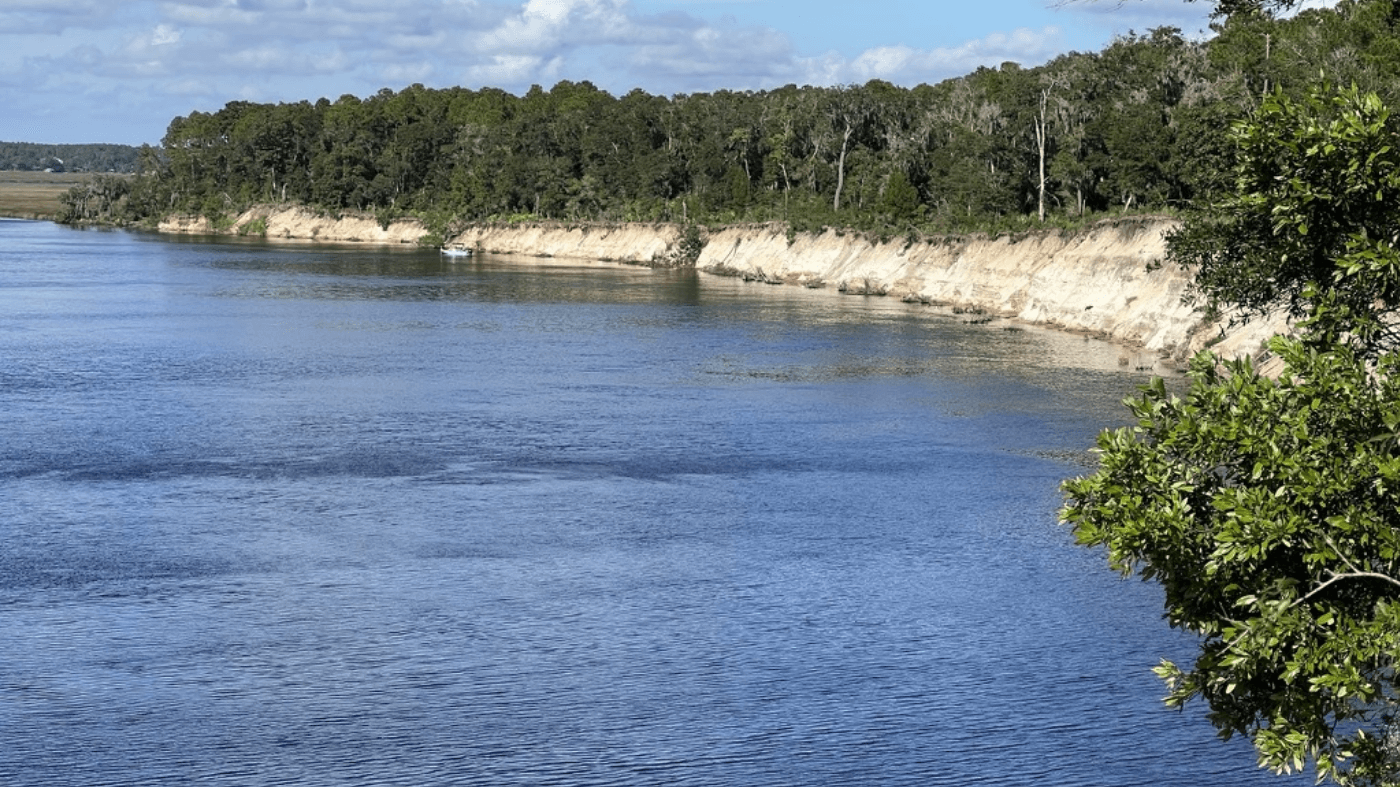
It’s not enough to merely set aside land for nature and community-wide infrastructure. Along with the land, there has to be a mechanism or framework that allows these shared assets to be maintained in perpetuity. The East Nassau Stewardship District is an independent, quasi-governmental entity, approved by the Florida State Legislature and Governor, that is planned to be responsible for the ongoing maintenance of Wildlight’s conservation land and may be responsible for its various facilities and infrastructure improvements.
Have a question or comment about this Next Chapter of Wildlight? Please share it in the space below. And be sure to include your email address so we can respond. If you are looking to move to Wildlight and want more information about new homes, please reach out here.
Your contact information will be used only for the purposes of responding to you about Wildlight and will not be shared with anyone else. By submitting your contact info, you are agreeing to Wildlight’s privacy policy.